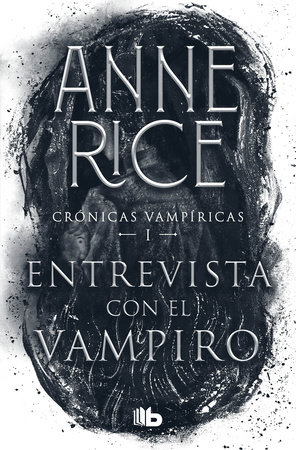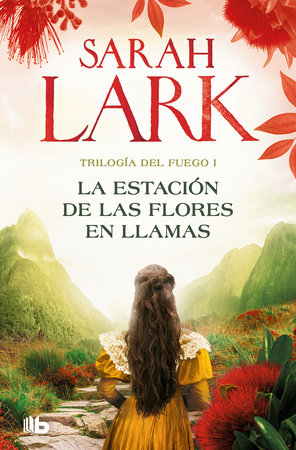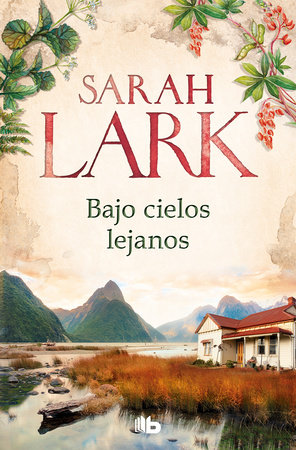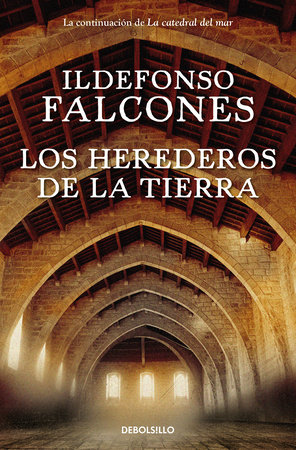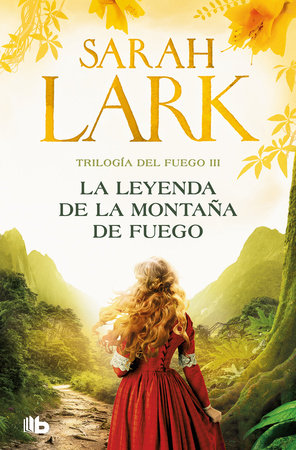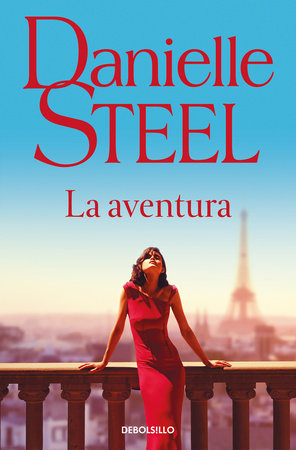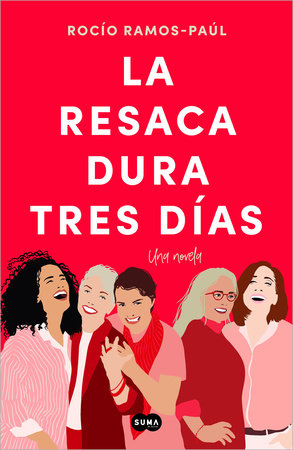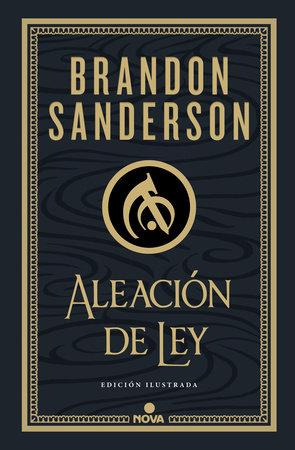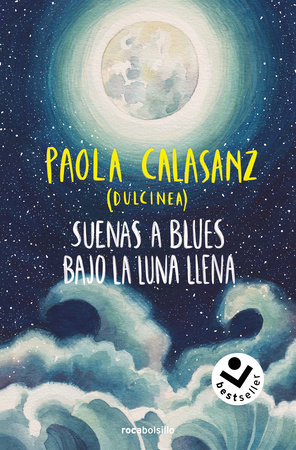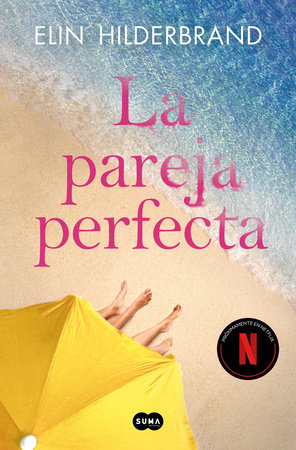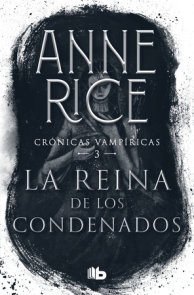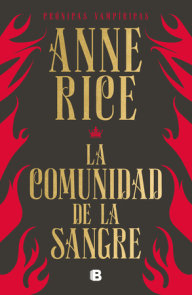La mejor historia de vampiros jamás escrita, después de Drácula. Un Clásico indiscutible de la fantasía oscura.
El tiempo es ahora. Estamos en una pequeña habitación con el vampiro, cara a cara, mientras habla, mientras derrama las confesiones hipnóticas, impactantes, conmovedoras y cargadas de erotismo de sus primeros doscientos años como uno de los muertos vivientes. . .
Habla en voz baja, llanamente, incluso gentilmente. . . llevándonos de regreso a la noche en que dejó la existencia humana como heredero – joven, romántico, cultivado – de una gran plantación de Luisiana, y fue inducido por el radiante y siniestro Lestat a la otra vida, la “interminable”. . . aprendiendo primero a alimentarse de la sangre de gallos y ratas atrapados en las callejeras de Nueva Orleans, luego de la sangre de seres humanos. . . a los años en que, alejándose de sus últimos lazos humanos bajo la tutela del odiado pero necesario Lestat, abrazó paulatinamente los hábitos, los apetitos, los sentimientos del vampirismo: el desapego, la voluntad endurecida, los placeres sensuales “superiores”.
Nos lleva de regreso al momento crucial en una calle oscura de Nueva Orleans cuando encuentra a la exquisita niña perdida Claudia, que no quiere lastimarla sino consolarla, luchando contra el último residuo de sentimiento humano dentro de él. . . Vemos cómo Claudia a su vez se convierte en vampiro -toda su pasión e inteligencia atrapadas para siempre en el cuerpo de un niño pequeño- y cómo llegan a su alianza apasionada y peligrosa, su vida de opulencia en el Barrio Francés: delicadas estatuas griegas, Jarrones chinos, candelabros de cristal, un mayordomo, una criada, una ninfa de piedra en el patio del jardín escondido. . . la noche se convierte en noche con sus sentidos vampíricos intensificados ante la belleza del mundo, sedientos de la belleza de la muerte: un flujo constante de extraños vulnerables esperándolos abajo. . . Los vemos unidos contra el envidioso y peligroso Lestat, embarcándose en una peligrosa búsqueda por Europa de otros como ellos, desesperados por descubrir el mundo al que pertenecen, las formas de supervivencia, saber qué son y por qué, de dónde vienen. cuál puede ser su futuro. . .
Los seguimos por Austria y Transilvania, encontrándonos con los de su especie en formas más allá de su imaginación más salvaje. . . a París, donde los pasos detrás de ellos, al ritmo exacto de los suyos, los conducen hasta las puertas del Théâtre des Vampires, el bello, lascivo y febril teatro de mímica cuyos carteles de vampiros horribles enmascaran y revelan a la vez el horror dentro . . . a su encuentro con el inquietantemente magnético Armand, quien los lleva, por fin, a la intimidad con toda una brillante y decadente sociedad de vampiros, una intimidad que se convierte en terror repentino cuando se ven obligados a enfrentarse a lo que temieron y huyeron. . .
En su flujo incesante de narraciones fascinantes, de peligro y huida, de lealtad y traición, Entrevista con el vampiro da testimonio de una imaginación literaria de primer orden.
ENGLISH DESCRIPTION
The time is now.
We are in a small room with the vampire, face to face, as he speaks–as he pours out the hypnotic, shocking, moving, and erotically charged confessions of his first two hundred years as one of the living dead. . .
He speaks quietly, plainly, even gently . . . carrying us back to the night when he departed human existence as heir–young, romantic, cultivated–to a great Louisiana plantation, and was inducted by the radiant and sinister Lestat into the other, the “endless,” life . . . learning first to sustain himself on the blood of cocks and rats caught in the raffish streets of New Orleans, then on the blood of human beings . . . to the years when, moving away from his final human ties under the tutelage of the hated yet necessary Lestat, he gradually embraces the habits, hungers, feelings of vampirism: the detachment, the hardened will, the “superior” sensual pleasures.
He carries us back to the crucial moment in a dark New Orleans street when he finds the exquisite lost young child Claudia, wanting not to hurt but to comfort her, struggling against the last residue of human feeling within him . . .
We see how Claudia in turn is made a vampire–all her passion and intelligence trapped forever in the body of a small child–and how they arrive at their passionate and dangerous alliance, their French Quarter life of opulence: delicate Grecian statues, Chinese vases, crystal chandeliers, a butler, a maid, a stone nymph in the hidden garden court . . . night curving into night with their vampire senses heightened to the beauty of the world, thirsting for the beauty of death–a constant stream of vulnerable strangers awaiting them below . . .
We see them joined against the envious, dangerous Lestat, embarking on a perilous search across Europe for others like themselves, desperate to discover the world they belong to, the ways of survival, to know what they are and why, where they came from, what their future can be . . .
We follow them across Austria and Transylvania, encountering their kind in forms beyond their wildest imagining . . . to Paris, where footsteps behind them, in exact rhythm with their own, steer them to the doors of the Théâtre des Vampires–the beautiful, lewd, and febrile mime theatre whose posters of penny-dreadful vampires at once mask and reveal the horror within . . . to their meeting with the eerily magnetic Armand, who brings them, at last, into intimacy with a whole brilliant and decadent society of vampires, an intimacy that becomes sudden terror when they are compelled to confront what they have feared and fled . . .
In its unceasing flow of spellbinding storytelling, of danger and flight, of loyalty and treachery, Interview with the Vampire bears witness of a literary imagination of the first order.
